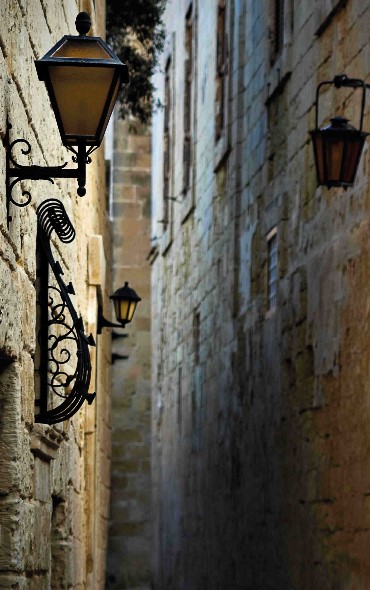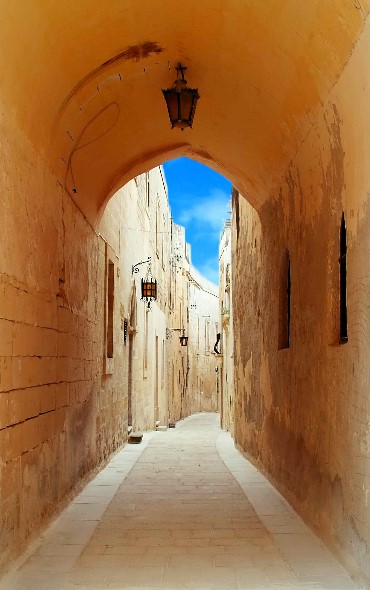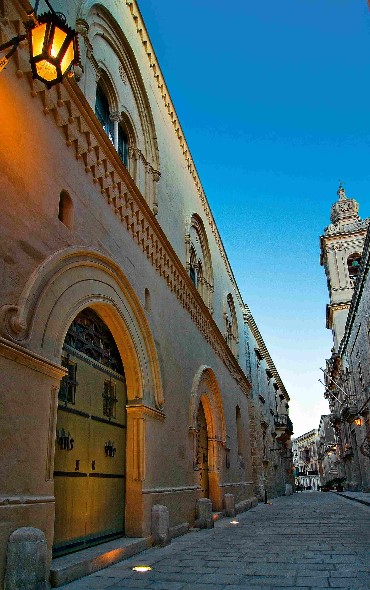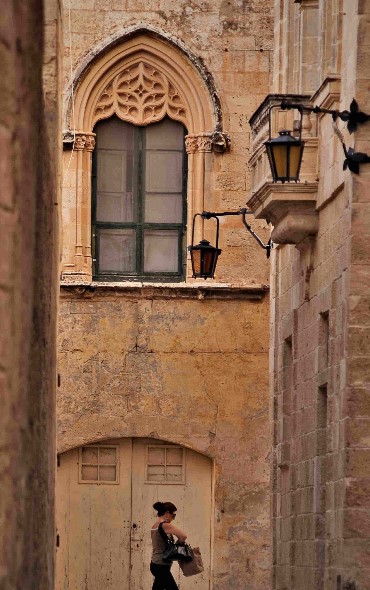Local experts point out remnants of Malta’s medieval past in its former capital city.
The city’s origins

Clive Vella - viewingmalta.com
Many think of Mdina as a Baroque city – which it is – but its roots can actually be traced back far earlier – to over 4,000 years ago. The Medieval period, or Middle Ages, goes as far back as the 11th century, during which Malta had many rulers, namely the Arabs from 870 to 1090, the Normans in 1091, the Holy Roman Empire in 1194 and the Aroganese until 1409.
As the capital at the time, Mdina was a central location for all of these rulers. Sadly though, the island suffered damage in an earthquake that rocked Sicily in 1693, and many buildings that existed in Mdina at the time were destroyed. Still, plenty of priceless highlights survived this unfortunate incident and the ages.
Medieval foundations

William Attard McCarthy - viewingmalta.com
Architect and founding partner of Architecture Project Konrad Buhagiar says one such ‘detail’ is the city’s street pattern, which is medieval in design. “Things here would have been very different if the streets were constructed in the Baroque era, so Mdina’s streets are a reminder of its longer history,” he says. “In fact, it is evident that when Grandmaster de Vilhena started to rebuild Mdina after the great earthquake, he did so on the existing street pattern. This is similar to the Sicilian town of Noto, for instance, which was also remodelled on its existing streetscape.”
Francesca Balzan – the curator of Palazzo Falson, a popular historic home and museum in Mdina –spends much of her time in the city, admiring the vast range of historical treasures on its streets. “Mdina is an ancient stronghold of the Maltese,” Francesca explains. “It has been occupied since pre-historic times and naturally evolved into the main city of Malta, before the Order of St John shifted the focus to Valletta, whose foundation stone was laid as recently as 1566. But Mdina is so much older. Its original structures are now lost to us but occasionally, a Roman column or stone makes an appearance, for example in the recent excavations which preceded the roadworks occurring in Mdina some years ago.”
13th century structures

Mario Galea - viewingmalta.com
The oldest buildings still standing in the city are late medieval buildings, and one of the most intact examples is Palazzo Falson. “It is held to be the second oldest building in Mdina, dating to around the 1240s (the oldest being the private house Palazzo Santa Sofia, which precedes Palazzo Falson by a few years). Most of the other buildings and stately palazzos, as well as the Cathedral itself, are Baroque.”
That said, many of the homes and private houses here still have medieval elements deep within their inner rooms. “Clearly the houses’ façades were re-modelled in the Baroque period while their cores remain medieval. This is what makes Mdina medieval, the very heart of it is palpably medieval under its Baroque mantle,” she says.
Must-see details

Clive Vella - viewingmalta.com
During your stroll through the city, look out for the ogee arches (arches that are bulbous at the sides but come to a point at the centre) that can be seen around the city surmounting doorways, the decorated two-light windows and the narrow and long lancet windows set high up in the walls.
“Look ahead at the walls of buildings,” says Francesca. “Sometimes you will see doorways that were filled in but still show their medieval profiles. Then look up at the second floor of these houses, some will have ornate arched windows divided by slender sculpted columns of great beauty. Look for pointed arches and covered alleyways leading into clearings which acted like communal open spaces for the houses gathered around them.”
“As you enter Mdina through the main gate, look to the right of the current gate and you will spot the remains of the original gate,” says Konrad. “The current bridge and gate were added in the Baroque period, and everything was shifted along a little, but you can still see the original door if you look carefully.”